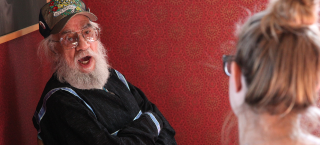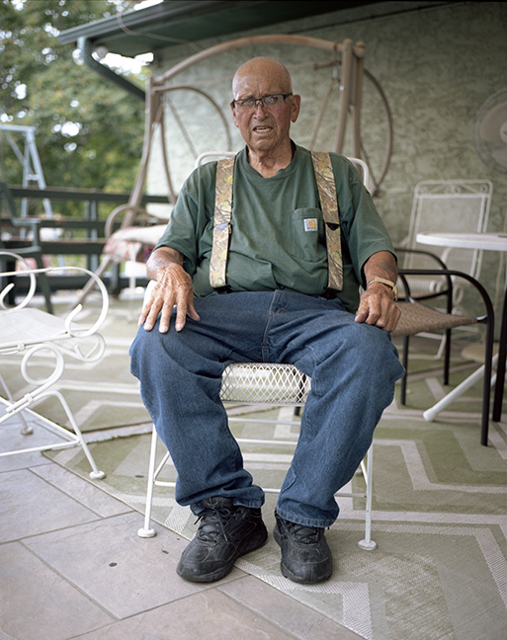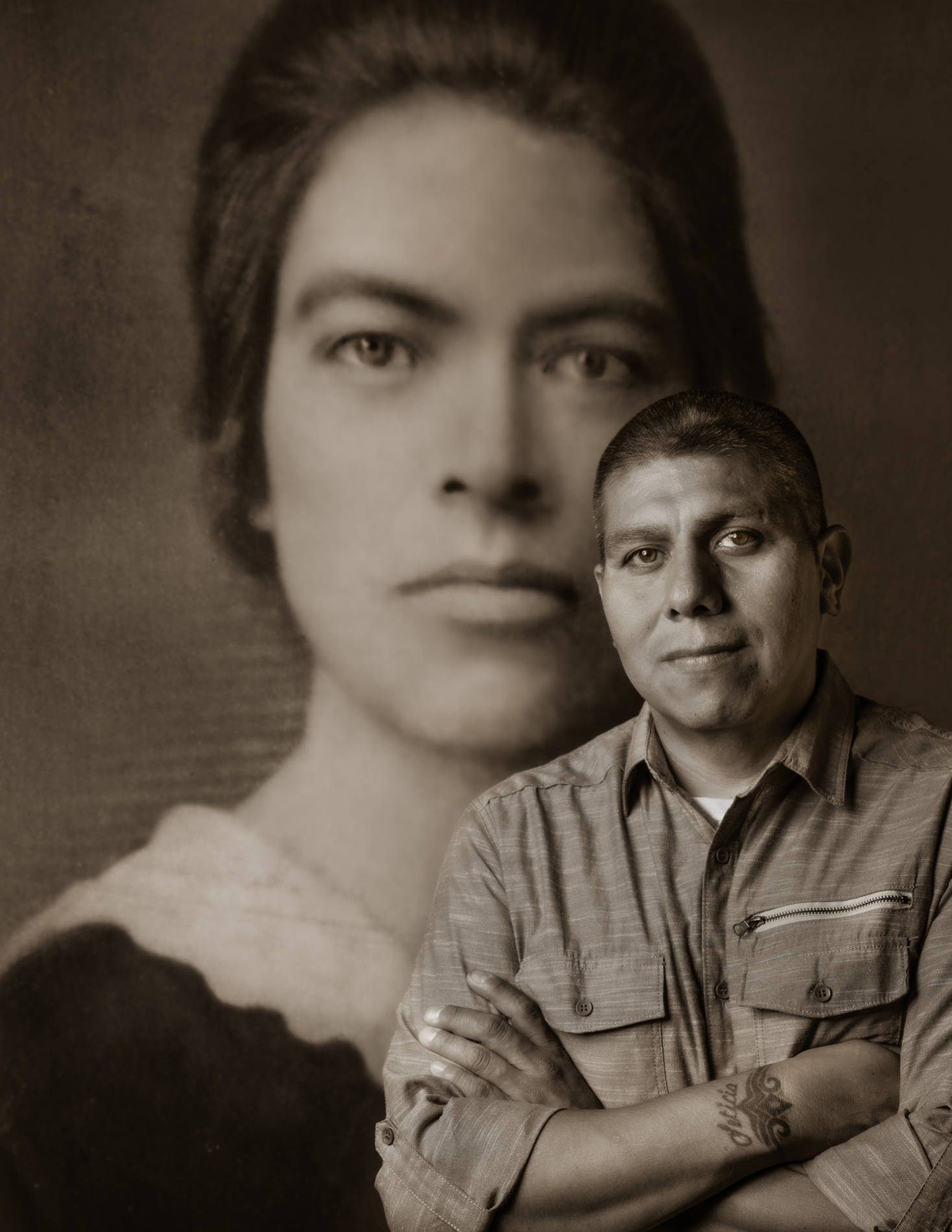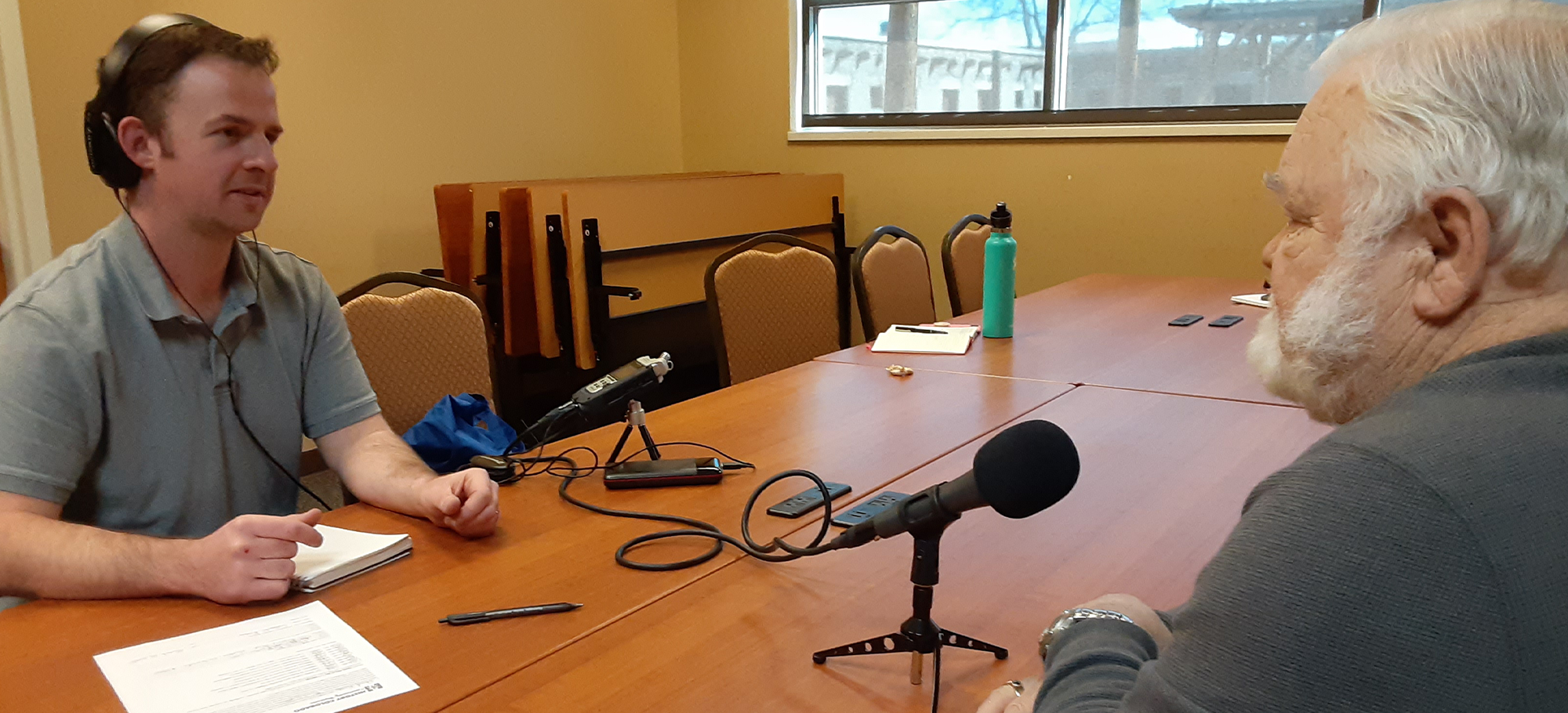
Story
Oral Histories: Recording the Stories of Communities
In recent decades, oral history has become an international movement in research- and it shows no sign of stopping. Museum exhibits and online archives highlight these recorded stories of individuals from around the world, telling their stories as they remember them, with little guidance or interruption from an interviewer or historian.
But why? What makes them different from traditional forms of research? What makes them so potent and powerful?
“An oral history is just storytelling through a personal perspective,” explained José Ortega, an Exhibit and Collection Coordinator with History Colorado.
José has a lot of experience with oral histories. He began recording them as a university student, when he was given a job with CSU-Pueblo’s archives and special collections. Part of his duties was to expand the Chicano Movement archives, which he did by performing oral histories with many of his family members and family friends- who had been major participants in el movimiento in southern Colorado and southern California in the 1960s and 70s.
Since he began working with History Colorado, José has helped to pioneer the Museum of Memory project which focuses on the recording of oral histories with community members around the state. He has conducted hundreds of oral histories with many different individuals from all walks of life, from activists and community leaders to farmers and steel workers.
“Our museums and our network are starting to use oral histories within exhibit galleries,” explained José. “This is connected to community outreach- the museums in the community should reflect the community, so we like to highlight their stories, do memory projects with them in order to build community and recognize their place in history.”
Oral history is an important way that the average community member can contribute to the compilation and study of history. Even though they may not be a scholar or a historian, they are an expert of their own lives, their own experiences, and their own communities. As a result, while the stories they tell may vary from small and private to wide-reaching and impactful, they are an invaluable resource for understanding the history of societies.
“It takes the stories of regular people, stories that are never told. A layperson’s history,” explained José. “It’s a personal history without scholarship. It’s lived experiences from the people who are very much part of history but aren’t necessarily quote-unquote ‘history makers’.”

Frank Orona was one of many community elders interviewed for the Salt Creek Memory Project, which is now a major facet of a permanent exhibit at El Pueblo History Museum. Frank's personal story includes details of life in Pueblo during World War II, including working at the steel mill at the young age of 16 alongside "kids and women".
Oral history is an important way that the average community member can contribute to the compilation and study of history. Even though they may not be a scholar or a historian, they are an expert of their own lives, their own experiences, and their own communities. As a result, while the stories they tell may vary from small and private to wide-reaching and impactful, they are an invaluable resource for understanding the history of societies.
“It takes the stories of regular people, stories that are never told. A layperson’s history,” explained José. “It’s a personal history without scholarship. It’s lived experiences from the people who are very much part of history but aren’t necessarily quote-unquote ‘history makers’.”
The goal of an oral history is not to collect answers to a specific series of questions, but to get the individual’s perspective on some aspect of their history. It can be extremely broad, and a lot of oral histories can meander significantly. Sometimes, an oral history encompasses an individual’s entire life story, providing a snapshot of life in their community, and giving insight into the culture as they grew from child to adult. Other times, an oral history can focus on a particular event or time period. But the important thing is to always let the storyteller guide the narrative, instead of the recorder leading them towards specific topics.
This way the events which are important to them as an individual, and important to their community, can be brought out and emphasized. Things which the recorder might not have known to ask about will be brought to the surface, because even though the recorder does not realize it (or may not have even heard about it) that topic is very important to the individuals of that community.
Because of this the recording of oral histories can bring new, previously untold stories to light. Important aspects of local history can frequently be overlooked by more traditional methods of research, but they are often brought to light just by interviewing the people who lived in that community.
As an example of this, José highlighted the story of Doña Bernarda Meija Velazquez, a midwife who lived in the Salt Creek neighborhood of Pueblo. Over her lifetime she delivered over three thousand babies, some of whom are still living in that community to this day. Outside of her community she was not widely-known either during her lifetime or after, but when oral histories from that neighborhood were being collected she stood out. The community remembered her, even if others had forgotten.

Jose Ortega is an Exhibit and Collection Coordinator at History Colorado, with a great deal of experience with recording and cataloging oral histories. Here he is standing in front of a photograph of Doña Bernarda Meija Velazquez, which is a main feature in the Borderlands of Southern Colorado exhibit at El Pueblo History Museum, in large part thanks to an oral history with her granddaughter.
“It was an oral history with her granddaughter,” recalled José. “She was just a woman in Salt Creek. She was just somebody that everybody there knew, somebody the community relied on. Now, she’s in an exhibit, she’s in a book, she’s an episode of a podcast. She’s recognized as a history-maker, and in the future she’s going to be pushed to greater heights.”
“It’s about access. Now, there’s access to her story by a wide audience,” continued José. “She’s no longer just a local figure. She’s a hero, but she was never perceived as one because her story was never told.”
Doña Bernarda’s image and story is now a key piece of the Borderlands of Southern Colorado exhibit at El Pueblo History Museum. Many other aspects of that exhibit, as well as others at museums around Colorado, utilized recorded oral histories to develop and understanding of local history that goes beyond what is told in traditional history books and scholarly papers.
José believes that the recording of oral histories will become the new standard in museum curation, and in the scholarship of history.
“With programs like our Museum of Memory, and other initiatives like Story Corp, repositories all over the place are taking in oral history from around the country,” he explained. “Oral histories are on the rise. It’s growing, and it can be done by anyone.”
One of the most powerful things about oral history is that it puts the power to record history in the hands of the average person, both to be the storyteller and the recorder. In fact, the Museum of Memory projects carried out at History Colorado museums are community-driven. While History Colorado provides support, equipment, and training, community members are encouraged to learn how to run memory workshops and to record the histories of one another.
“It’s something anyone can learn,” emphasized José. “You can get great training in lots of places. There’s online training with samples and examples, and camps and workshops all over the place. I encourage anybody who is interested in their family history or local history to do oral histories with their family members, especially their elderly family members… so they can record stories in good quality so that they aren’t forgotten.”

